Last weekend's visit to the weirdness that is Socrates Sculpture Park also included a stop at nearby Rainey Park, whose comparative normalcy was almost a shock.
Between the two parks is a huge Costco, and threaded along the riverfront is a walkway maintained by the retailer for the public. The segment of the public most interested in this amenity seems to be the fishing segment.
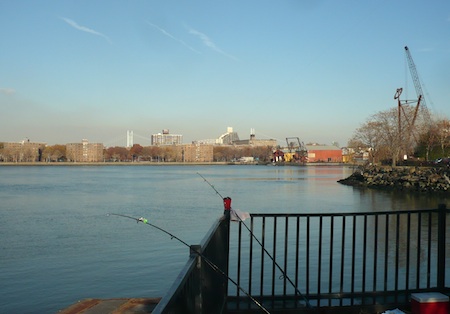
While Costco isn't known for aesthetically tasteful facilities, it did invest 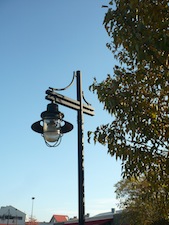
Speaking of aesthetics, I don't know if they planned it, but this blazing red bush goes well with the Costco-red stripe above it.
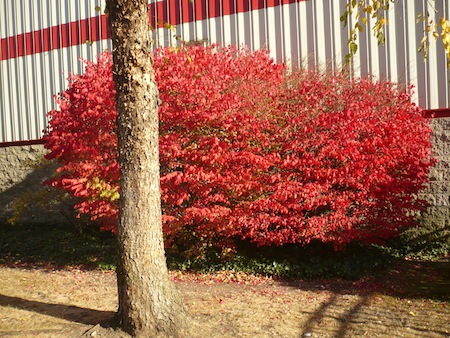
Once you come around the corner of the giant building, Rainey Park appears, complete with paved biking and walking paths and its own riverfront amble. This waterfront spot honors Dr. Thomas Rainey, "Father of the Queensboro Bridge," who, beginning after the Civil War, spent decades of effort and money advocating for a bridge across the East River between Manhattan and Queens, a vision finally realized when the Queensboro Bridge (recently rechristened the Ed Koch Queensboro Bridge) opened in 1909.
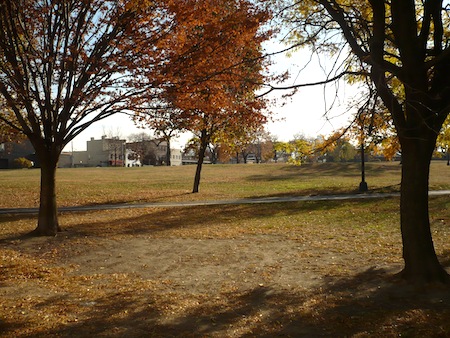
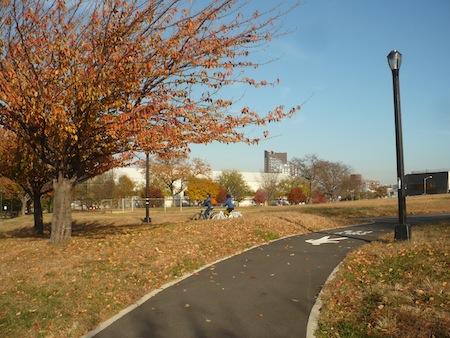
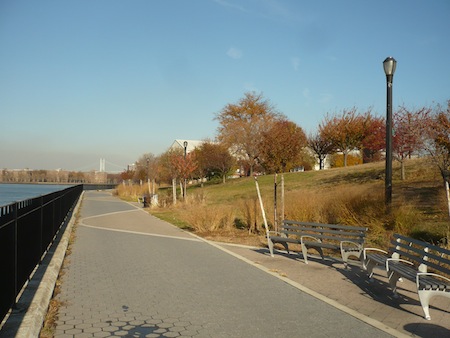
Down on the rocks, a pair of ducks kept watch over their brood of youngsters.
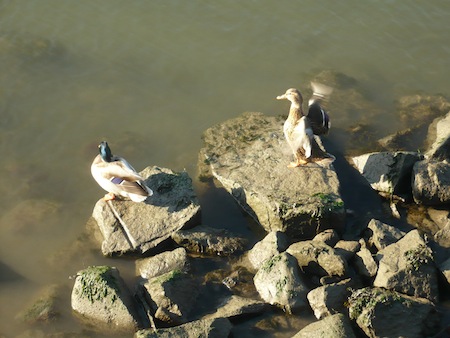
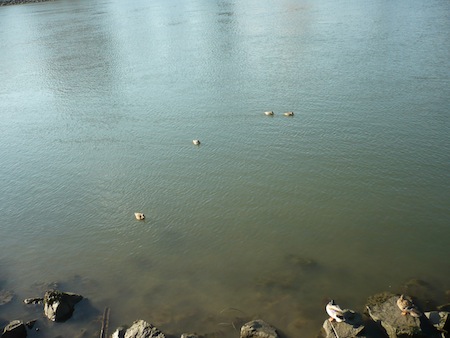
Late-fall foliage clung to some of the trees in mid-November, keeping my mood colorful.
Postscript: The same can't be said, alas, for the streetscape further south in Long Island City near MOMA PS1. After seeing Rainey Park we bussed-then-hiked there for some highfalutin lunch at M. Wells (mine included duck parts, lest you worry that the circle be broken). After lunch we walked by the famous 5Pointz graffiti building, not realizing that just three days later the work created there by hundreds of artists over the past two decades would be summarily whitewashed over in preparation for the tearing down of the building.
According to the owner, the whitewashing is meant to lessen the pain of the demolition, as watching the walls come tumbling down with the art still on them would be too painful to imagine. A fair point. Nonetheless it's a sad end for one of New York City's cultural landmarks.
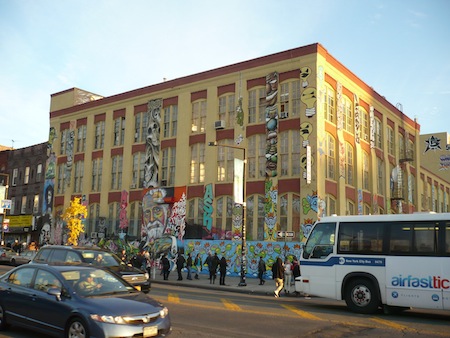

No comments:
Post a Comment